Home>Gardening & Outdoor>Landscaping Ideas>What Should You Fill A Raised Garden Bed With
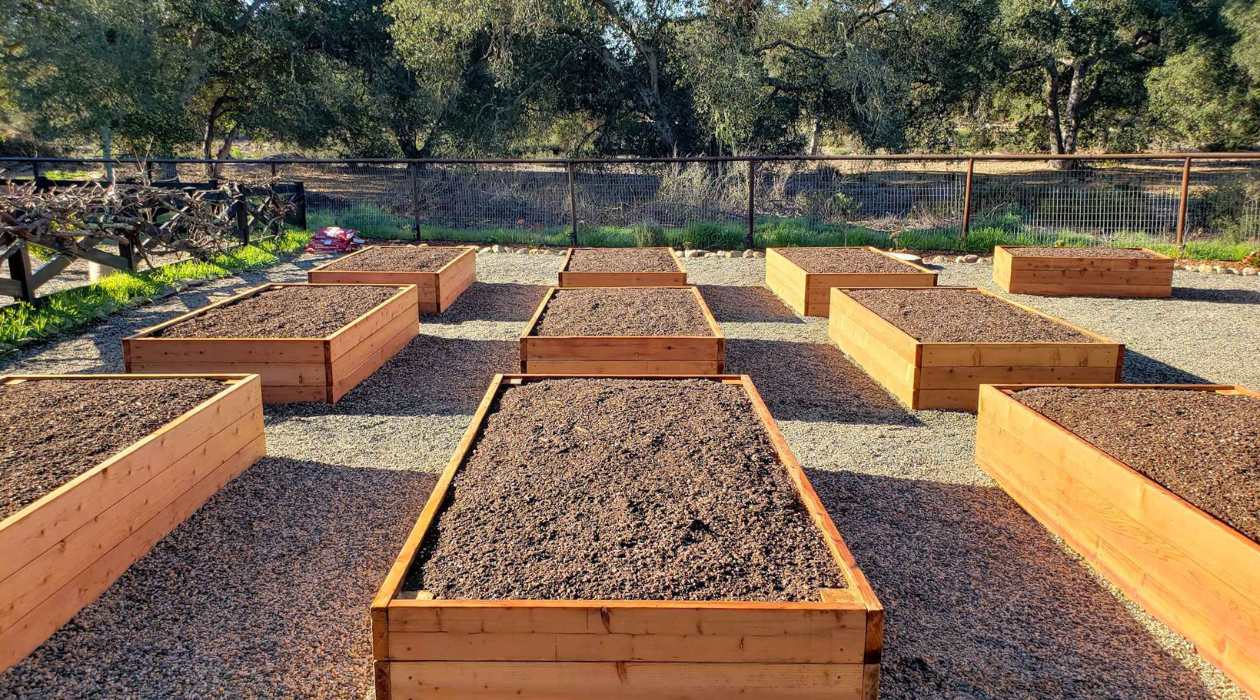

Landscaping Ideas
What Should You Fill A Raised Garden Bed With
Modified: March 19, 2024
Discover the best materials for filling a raised garden bed and get expert landscaping ideas to create a thriving garden. Learn how to choose the right soil, compost, and amendments for your raised bed.
(Many of the links in this article redirect to a specific reviewed product. Your purchase of these products through affiliate links helps to generate commission for Storables.com, at no extra cost. Learn more)
Introduction
When it comes to creating a thriving raised garden bed, the key lies in the foundation. The soil you choose to fill your raised garden bed with plays a crucial role in the success of your plants. It serves as the lifeblood, providing essential nutrients, aeration, and moisture retention for your plants to flourish. Selecting the right components to fill your raised garden bed is a decision that can significantly impact the health and productivity of your garden.
In this comprehensive guide, we will explore the essential elements that should be included in the filling of a raised garden bed. From nutrient-rich topsoil to organic fertilizers, each component contributes to the overall health of your garden bed and the success of your plants. By understanding the role of each element and how they work together, you can create an optimal environment for your plants to thrive.
So, whether you're a seasoned gardener looking to revitalize your raised garden bed or a novice eager to embark on a new gardening adventure, this guide will equip you with the knowledge to make informed decisions about what to fill your raised garden bed with. Let's dive into the world of soil components and discover how to create a nurturing environment that will yield bountiful harvests and vibrant blooms.
Key Takeaways:
- The foundation of a successful raised garden bed lies in the soil. Topsoil, compost, peat moss, perlite, vermiculite, and organic fertilizer all play unique roles in creating a nurturing environment for plants to thrive.
- By carefully selecting and integrating the right soil components, gardeners can create a harmonious environment that supports robust plant growth, abundant harvests, and vibrant blooms. Each component contributes to the overall health and productivity of the raised garden bed.
Read more: What To Fill Raised Garden Bed With
Topsoil
Topsoil forms the foundation of a successful raised garden bed, providing essential nutrients and a hospitable environment for plant roots to thrive. It is crucial to select high-quality topsoil to ensure the health and productivity of your garden. When choosing topsoil for your raised garden bed, look for a nutrient-rich blend that is well-draining and has a balanced texture.
Quality topsoil is teeming with organic matter, microorganisms, and essential nutrients that support plant growth. It serves as the primary medium for plant roots to anchor themselves and absorb water and nutrients. Additionally, topsoil aids in moisture retention, preventing excessive water runoff and ensuring that plants have access to the hydration they need to flourish.
When filling a raised garden bed with topsoil, it's important to consider the existing soil composition in your area. If your native soil is heavy clay or lacks essential nutrients, incorporating a generous amount of high-quality topsoil can significantly improve the growing conditions for your plants. Mixing topsoil with existing soil can help create a balanced blend that promotes healthy root development and overall plant vitality.
Furthermore, topsoil should be free from contaminants and weed seeds to prevent unwanted competition for your plants. By choosing topsoil from a reputable source, you can minimize the risk of introducing harmful pathogens or invasive plant species into your garden bed.
In addition to providing a fertile growing medium, topsoil plays a crucial role in supporting the structure of the raised garden bed. It helps maintain the bed's shape and stability while offering a supportive environment for plant roots to establish themselves.
In summary, topsoil is the cornerstone of a successful raised garden bed, providing the essential nutrients, structure, and support necessary for plant growth. By selecting high-quality topsoil and incorporating it into your raised garden bed, you can create an optimal environment for your plants to thrive and yield abundant harvests.
Remember, the quality of the topsoil you choose can have a profound impact on the health and productivity of your garden, so choose wisely to set the stage for a flourishing and vibrant raised garden bed.
Compost
Compost is often referred to as "black gold" in the gardening world, and for good reason. It is a nutrient-rich, organic matter that serves as a powerhouse of benefits for your raised garden bed. Compost is created through the decomposition of organic materials such as kitchen scraps, yard waste, and plant matter. This natural process results in a dark, crumbly substance that is teeming with beneficial microorganisms, essential nutrients, and organic matter that can work wonders for your plants.
When it comes to filling a raised garden bed, incorporating compost is a game-changer. It enriches the soil with a diverse array of nutrients, including nitrogen, phosphorus, potassium, and micronutrients, which are essential for plant growth. These nutrients are released slowly and steadily, providing a sustained source of nourishment for your plants throughout their growth cycle.
In addition to its nutrient content, compost improves soil structure and texture. It enhances soil aeration, allowing plant roots to access oxygen more effectively. This promotes healthy root development and contributes to overall plant vigor. Furthermore, compost aids in moisture retention, helping the soil maintain an optimal level of hydration for your plants, especially during dry spells.
Compost also plays a vital role in supporting beneficial soil microorganisms. These microscopic organisms contribute to the breakdown of organic matter, nutrient cycling, and disease suppression, creating a thriving ecosystem within your raised garden bed. By incorporating compost, you are fostering a healthy and balanced soil environment that promotes the well-being of your plants.
When selecting compost for your raised garden bed, opt for well-aged, mature compost that has undergone thorough decomposition. This ensures that the compost is stable and won't compete with your plants for nitrogen during the decomposition process. Additionally, mature compost is less likely to contain weed seeds or pathogens, reducing the risk of unwanted plant growth and disease transmission in your garden bed.
In summary, compost is a valuable addition to filling a raised garden bed, offering a multitude of benefits that contribute to the overall health and productivity of your plants. By integrating compost into your garden bed, you are providing a nutrient-rich, well-structured, and biologically active environment that sets the stage for thriving plant growth and abundant harvests. Embrace the transformative power of compost and witness the remarkable impact it can have on your raised garden bed.
Peat Moss
Peat moss, also known as sphagnum peat moss, is a versatile and valuable component when filling a raised garden bed. It is derived from partially decomposed sphagnum moss and is renowned for its exceptional moisture-retention properties and acidic pH levels. When incorporated into the soil, peat moss offers a range of benefits that contribute to the overall health and vitality of plants.
One of the primary advantages of peat moss is its remarkable ability to retain moisture. Due to its unique cellular structure, peat moss can hold water effectively, ensuring that the soil remains consistently hydrated. This is particularly beneficial in raised garden beds, where maintaining optimal moisture levels is essential for plant growth. By retaining moisture, peat moss helps prevent soil from drying out too quickly, providing a stable and supportive environment for plant roots.
In addition to its moisture-retention capabilities, peat moss contributes to soil aeration and structure. When mixed into the soil, it helps improve drainage and prevents compaction, creating a well-aerated growing medium that promotes healthy root development. This enhanced soil structure allows plant roots to access oxygen more efficiently, facilitating robust growth and nutrient uptake.
Furthermore, peat moss possesses natural acidic properties, making it an ideal choice for plants that thrive in acidic soil conditions. Acid-loving plants, such as azaleas, rhododendrons, and blueberries, benefit from the pH-lowering effect of peat moss. By incorporating peat moss into the soil mix of a raised garden bed, gardeners can create a tailored environment that meets the specific pH requirements of acid-loving plants, supporting their optimal growth and blooming potential.
When selecting peat moss for a raised garden bed, it is important to choose high-quality, sustainably sourced peat moss that is free from additives or contaminants. Look for products that have been responsibly harvested to ensure minimal impact on peatland ecosystems. By prioritizing sustainable peat moss options, gardeners can contribute to the preservation of peatlands and minimize the environmental footprint associated with peat extraction.
In summary, peat moss is a valuable addition to the filling of a raised garden bed, offering benefits such as moisture retention, improved soil structure, and pH adjustment. By integrating peat moss into the soil mix, gardeners can create an environment that supports healthy plant growth, particularly for species that thrive in acidic conditions. Embrace the versatility of peat moss and harness its unique properties to cultivate a thriving and vibrant raised garden bed.
When filling a raised garden bed, use a mix of topsoil, compost, and organic matter like peat moss or coconut coir. This will provide good drainage, aeration, and nutrients for your plants to thrive.
Perlite
Perlite, a lightweight and versatile soil amendment, is a valuable addition to consider when filling a raised garden bed. Derived from volcanic glass that has been heated and expanded, perlite offers a range of benefits that contribute to the overall health and productivity of plants in a raised bed environment.
One of the primary advantages of perlite is its ability to improve soil aeration and drainage. Due to its lightweight and porous nature, perlite helps create air pockets within the soil, promoting better airflow and oxygenation around plant roots. This enhanced aeration prevents soil compaction and allows roots to access oxygen more effectively, supporting healthy root development and overall plant vigor. Additionally, improved drainage helps prevent waterlogged conditions, reducing the risk of root rot and other moisture-related issues, especially in raised garden beds where drainage can be a concern.
In addition to its aeration and drainage benefits, perlite contributes to the overall structure of the soil. When incorporated into the soil mix, perlite helps create a well-balanced growing medium that strikes a harmonious balance between water retention and drainage. This balanced soil structure provides an optimal environment for plant roots to establish themselves and thrive, ensuring that they have access to the moisture and nutrients they need for robust growth.
Furthermore, perlite is pH neutral, making it compatible with a wide range of plants and soil types. Its inert nature means that it does not alter the pH of the soil, allowing gardeners to customize the soil mix according to the specific needs of their plants. Whether cultivating a diverse array of vegetables, herbs, or ornamental plants in a raised garden bed, perlite can be seamlessly integrated into the soil mix to enhance its overall quality and performance.
When selecting perlite for a raised garden bed, it is essential to choose a high-quality, horticultural-grade product that is free from contaminants. By opting for reputable perlite products, gardeners can ensure that they are incorporating a reliable and beneficial amendment into their raised garden bed, setting the stage for successful plant growth and abundant harvests.
In summary, perlite is a valuable addition to consider when filling a raised garden bed, offering benefits such as improved soil aeration, enhanced drainage, and pH neutrality. By incorporating perlite into the soil mix, gardeners can create a well-balanced and supportive growing environment that fosters healthy root development and overall plant vitality. Embrace the versatility of perlite and harness its beneficial properties to cultivate a thriving and flourishing raised garden bed.
Read more: How To Fill In A Raised Garden Bed
Vermiculite
Vermiculite, a mineral-based soil amendment, is a valuable component to consider when filling a raised garden bed. This lightweight and absorbent material offers a range of benefits that contribute to the overall health and productivity of plants in a raised bed environment.
One of the primary advantages of vermiculite is its exceptional moisture-retention properties. Due to its unique structure, vermiculite has the capacity to absorb and hold significant amounts of water, making it an invaluable addition to the soil mix. In a raised garden bed, where maintaining optimal moisture levels is crucial for plant growth, vermiculite helps ensure that the soil remains consistently hydrated. This is particularly beneficial during dry periods, as vermiculite releases moisture to the surrounding soil, providing a stable and supportive environment for plant roots.
In addition to its moisture-retention capabilities, vermiculite contributes to soil aeration and structure. When mixed into the soil, it helps improve airflow and prevents compaction, creating a well-aerated growing medium that promotes healthy root development. This enhanced soil structure allows plant roots to access oxygen more effectively, facilitating robust growth and nutrient uptake. Furthermore, vermiculite aids in the retention of essential nutrients, ensuring that they are available to plants as needed, which is particularly beneficial in the confined space of a raised garden bed.
Moreover, vermiculite is pH neutral, making it compatible with a wide range of plants and soil types. Its inert nature means that it does not alter the pH of the soil, allowing gardeners to customize the soil mix according to the specific needs of their plants. Whether cultivating a diverse array of vegetables, herbs, or ornamental plants in a raised garden bed, vermiculite can be seamlessly integrated into the soil mix to enhance its overall quality and performance.
When selecting vermiculite for a raised garden bed, it is essential to choose a high-quality, horticultural-grade product that is free from contaminants. By opting for reputable vermiculite products, gardeners can ensure that they are incorporating a reliable and beneficial amendment into their raised garden bed, setting the stage for successful plant growth and abundant harvests.
In summary, vermiculite is a valuable addition to consider when filling a raised garden bed, offering benefits such as improved moisture retention, enhanced soil structure, and pH neutrality. By incorporating vermiculite into the soil mix, gardeners can create a well-balanced and supportive growing environment that fosters healthy root development and overall plant vitality. Embrace the versatility of vermiculite and harness its beneficial properties to cultivate a thriving and flourishing raised garden bed.
Organic Fertilizer
Organic fertilizer serves as a vital component in the filling of a raised garden bed, offering a natural and sustainable approach to nourishing plants and enriching the soil. Unlike synthetic fertilizers, organic fertilizers are derived from natural sources and provide a holistic array of nutrients that support plant growth while promoting soil health and fertility.
One of the primary advantages of organic fertilizer is its ability to enhance soil structure and microbial activity. When incorporated into the soil of a raised garden bed, organic fertilizers contribute to the development of a robust and diverse soil ecosystem. They provide essential nutrients such as nitrogen, phosphorus, and potassium, along with a range of micronutrients that are vital for plant growth. Additionally, organic fertilizers foster the proliferation of beneficial soil microorganisms, creating a thriving and balanced soil environment that supports plant vitality.
Furthermore, organic fertilizers promote long-term soil fertility and sustainability. By nourishing the soil with organic matter and nutrients, they contribute to the gradual improvement of soil structure, water retention, and nutrient cycling. This sustainable approach to soil enrichment ensures that the raised garden bed remains fertile and productive over time, reducing the reliance on external inputs and minimizing the environmental impact associated with conventional farming practices.
In addition to their soil-enriching properties, organic fertilizers offer gradual and steady nutrient release, providing a sustained source of nourishment for plants. This slow-release characteristic minimizes the risk of nutrient leaching and ensures that plants receive a consistent supply of nutrients as they grow and develop. This is particularly beneficial in raised garden beds, where the confined space necessitates efficient nutrient utilization and management.
When selecting organic fertilizer for a raised garden bed, it is essential to choose high-quality, well-balanced products that align with the specific needs of the plants being cultivated. Organic fertilizers come in various forms, including composted manure, fish emulsion, bone meal, and seaweed-based fertilizers, each offering unique nutrient profiles and benefits. By selecting a diverse range of organic fertilizers, gardeners can tailor the nutrient composition of the soil to meet the requirements of different plants, promoting optimal growth and productivity.
In summary, organic fertilizer plays a pivotal role in the filling of a raised garden bed, offering a natural and sustainable approach to nourishing plants and enriching the soil. By incorporating organic fertilizers, gardeners can create a nurturing environment that supports plant growth, soil health, and long-term sustainability. Embrace the transformative power of organic fertilizers and cultivate a thriving and vibrant raised garden bed that flourishes with vitality and abundance.
Conclusion
In conclusion, the process of filling a raised garden bed is a critical step that sets the stage for the success and vitality of the plants it will nurture. By carefully selecting and integrating the right components, gardeners can create an optimal environment that fosters robust growth, abundant harvests, and vibrant blooms. Each element, from topsoil to organic fertilizers, plays a unique and essential role in shaping the overall health and productivity of the raised garden bed.
The foundation of nutrient-rich topsoil provides the essential structure and support for plant roots, while compost enriches the soil with a diverse array of nutrients and fosters a thriving soil ecosystem. Peat moss contributes to moisture retention and soil structure, particularly benefiting acid-loving plants, and perlite and vermiculite enhance soil aeration, drainage, and nutrient retention, creating a well-balanced growing medium. Additionally, organic fertilizers offer a sustainable approach to nourishing plants and enriching the soil, promoting long-term fertility and vitality.
By understanding the distinctive benefits of each component and how they complement one another, gardeners can craft a harmonious soil mix that caters to the specific needs of their plants. Whether cultivating vegetables, herbs, or ornamental plants, the thoughtful selection and integration of soil components can make a profound difference in the overall health and productivity of the raised garden bed.
As gardeners embark on the journey of filling a raised garden bed, it is essential to prioritize the quality and compatibility of the components chosen. Opting for high-quality, well-balanced products and sustainable sources ensures that the raised garden bed is equipped with the best possible foundation for plant growth. Additionally, considering the specific requirements of the plants being cultivated and tailoring the soil mix to meet those needs can further enhance the success of the garden bed.
Ultimately, the process of filling a raised garden bed is an opportunity to create a nurturing and supportive environment that fosters the flourishing of plants and the joy of gardening. By embracing the transformative power of soil components and organic amendments, gardeners can cultivate a vibrant and thriving raised garden bed that yields bountiful harvests and brings the beauty of nature to life.
In the world of gardening, the soil is the canvas upon which the masterpiece of a flourishing garden is painted. With careful consideration, thoughtful selection, and a touch of creativity, filling a raised garden bed becomes an artful endeavor that yields a tapestry of vibrant colors, lush foliage, and abundant harvests. As the soil components intertwine and harmonize, they lay the groundwork for a garden bed that teems with life, vitality, and the promise of a bountiful harvest.
Frequently Asked Questions about What Should You Fill A Raised Garden Bed With
Was this page helpful?
At Storables.com, we guarantee accurate and reliable information. Our content, validated by Expert Board Contributors, is crafted following stringent Editorial Policies. We're committed to providing you with well-researched, expert-backed insights for all your informational needs.
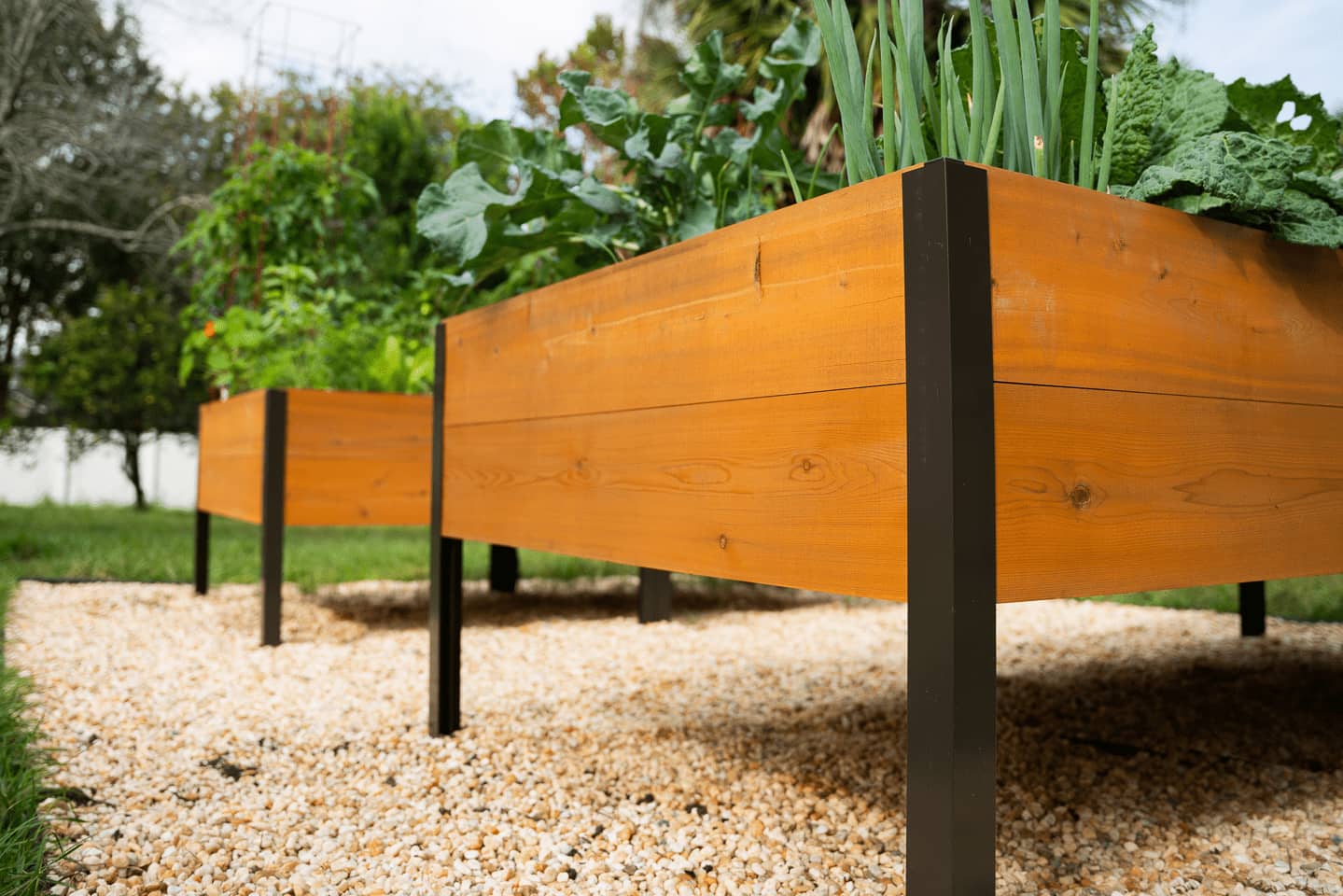
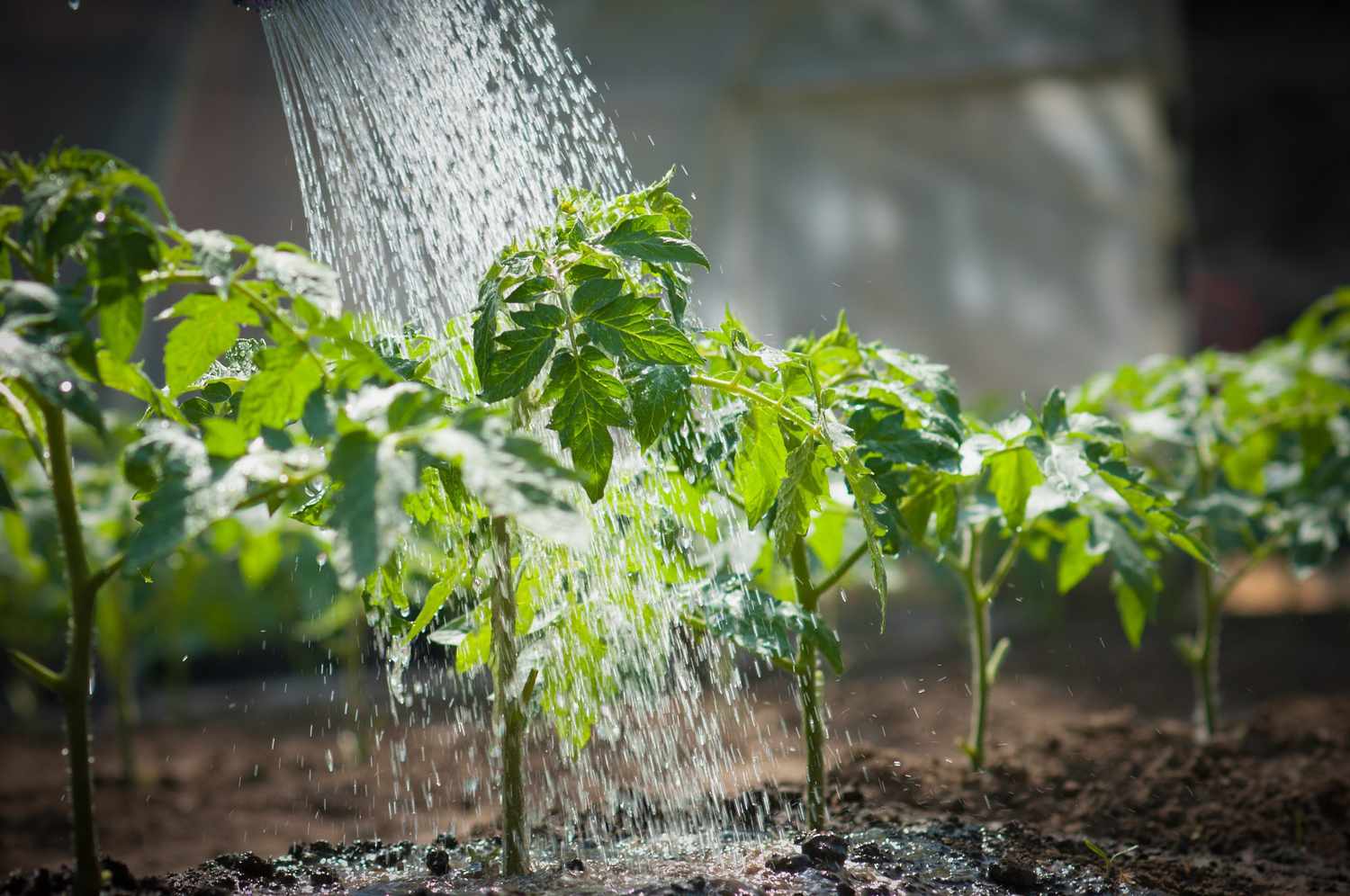
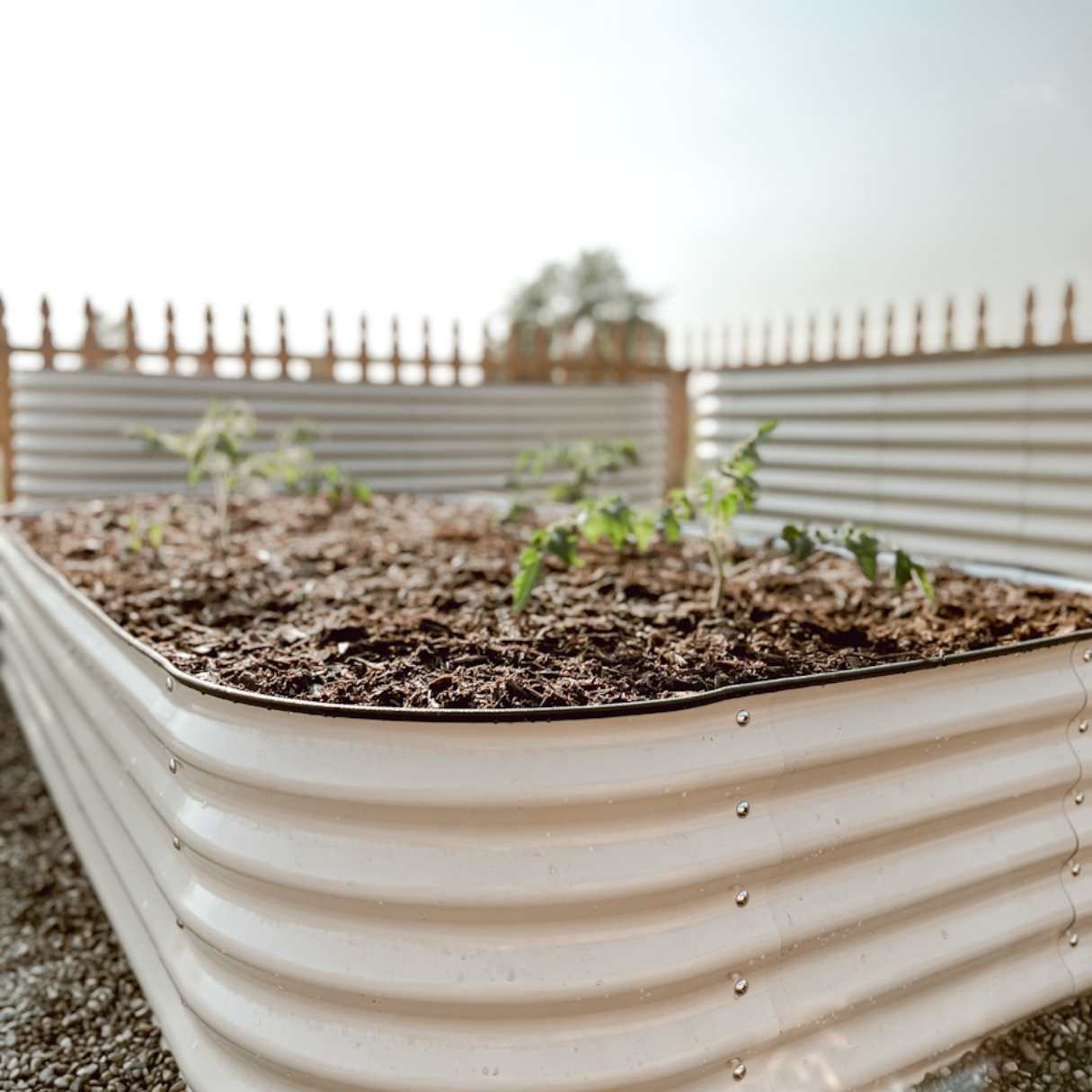
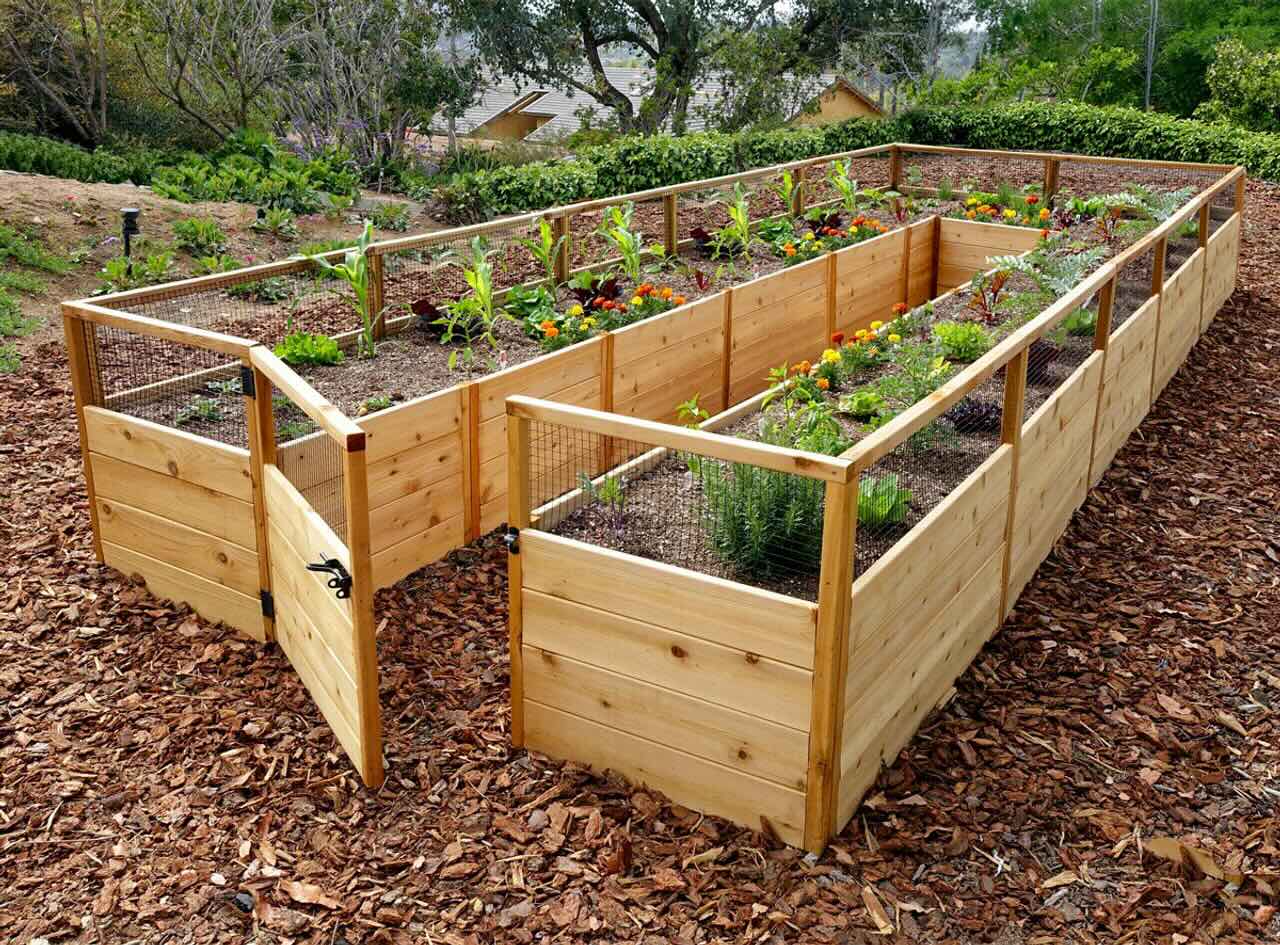
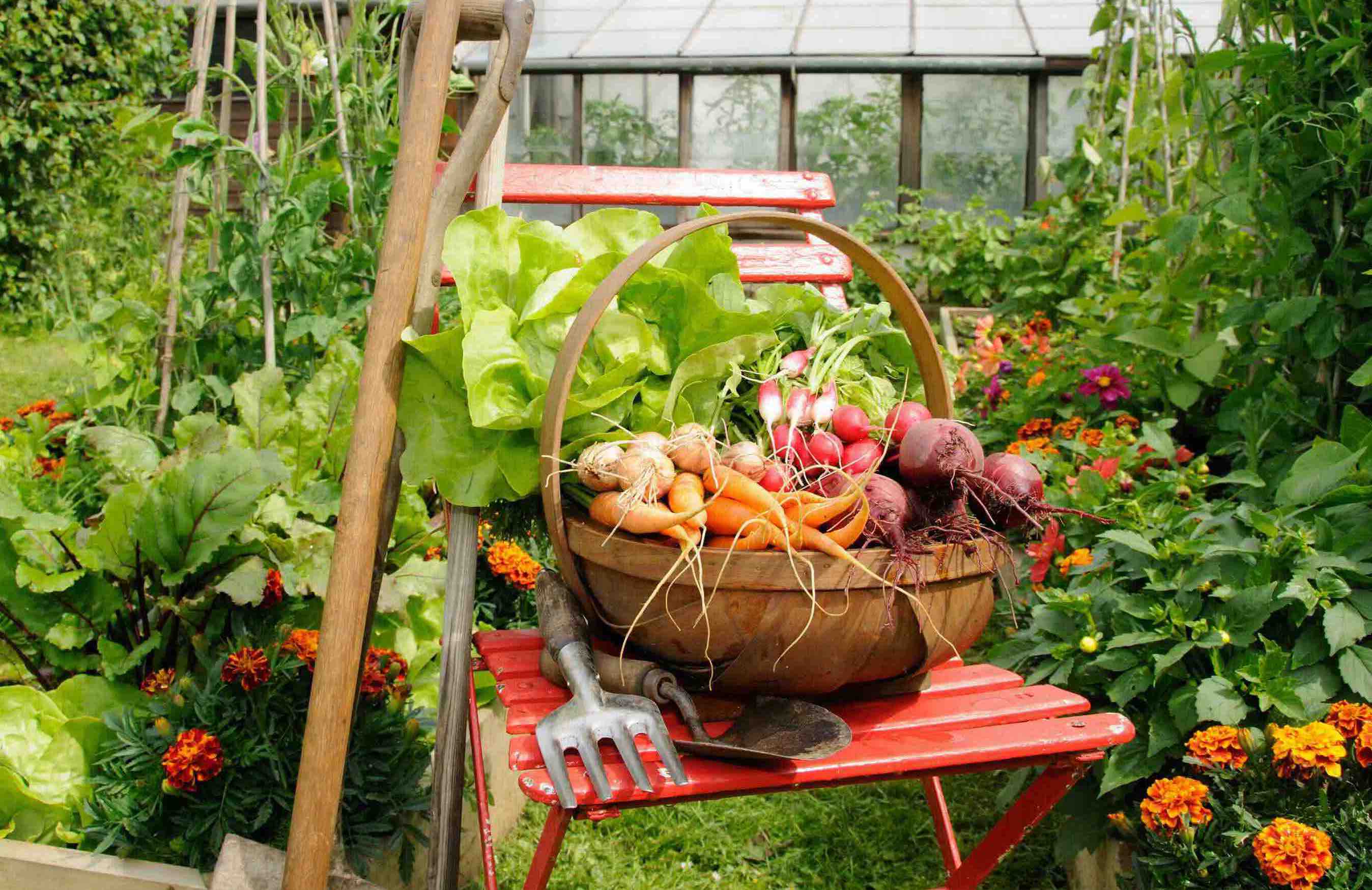
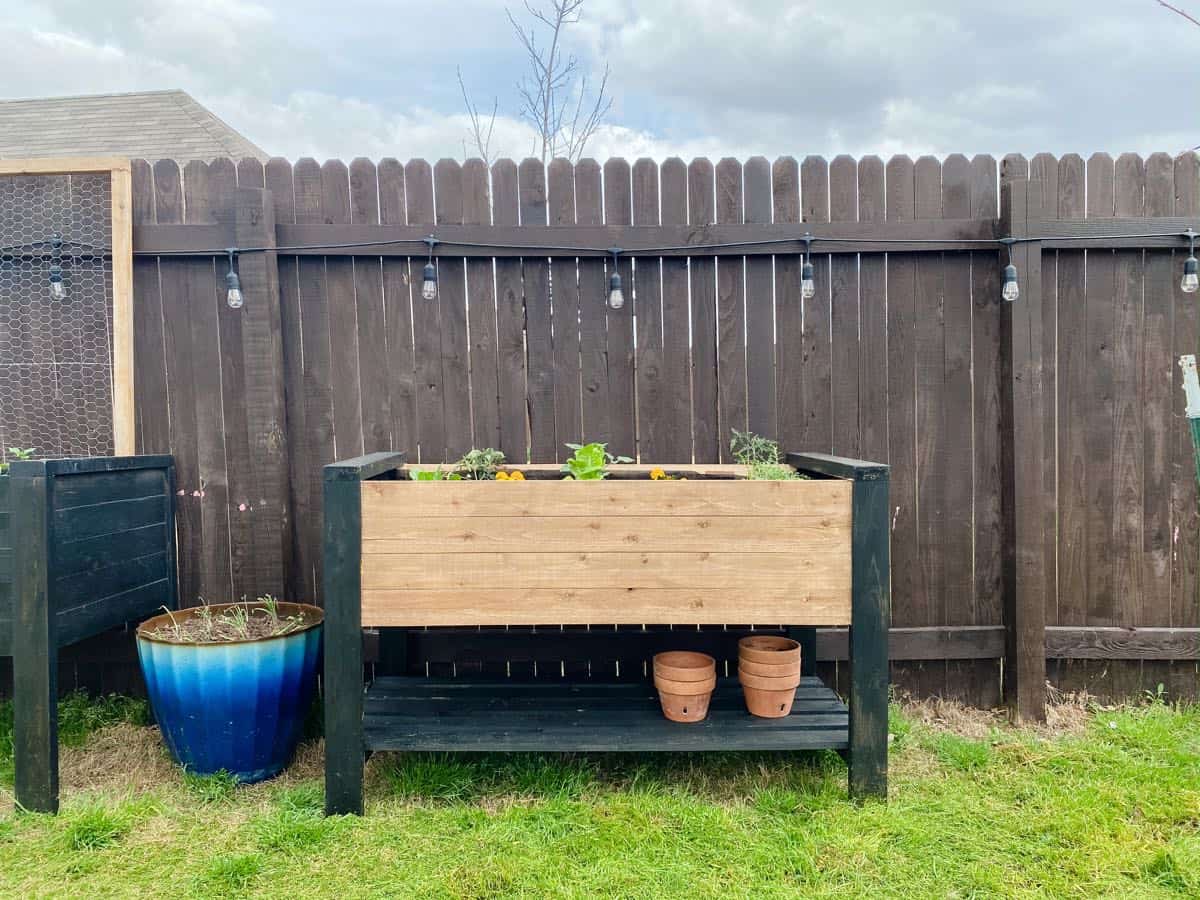
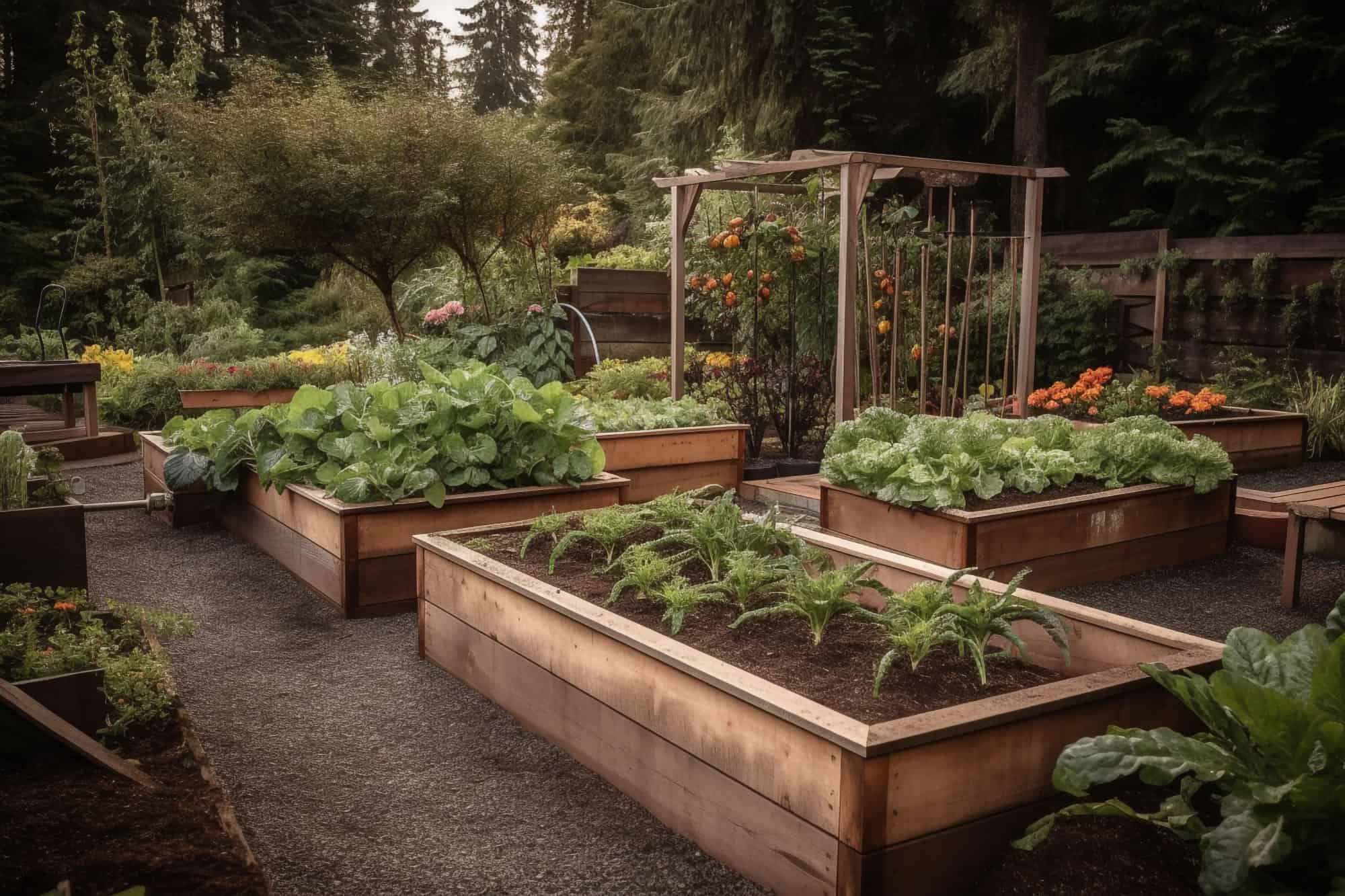
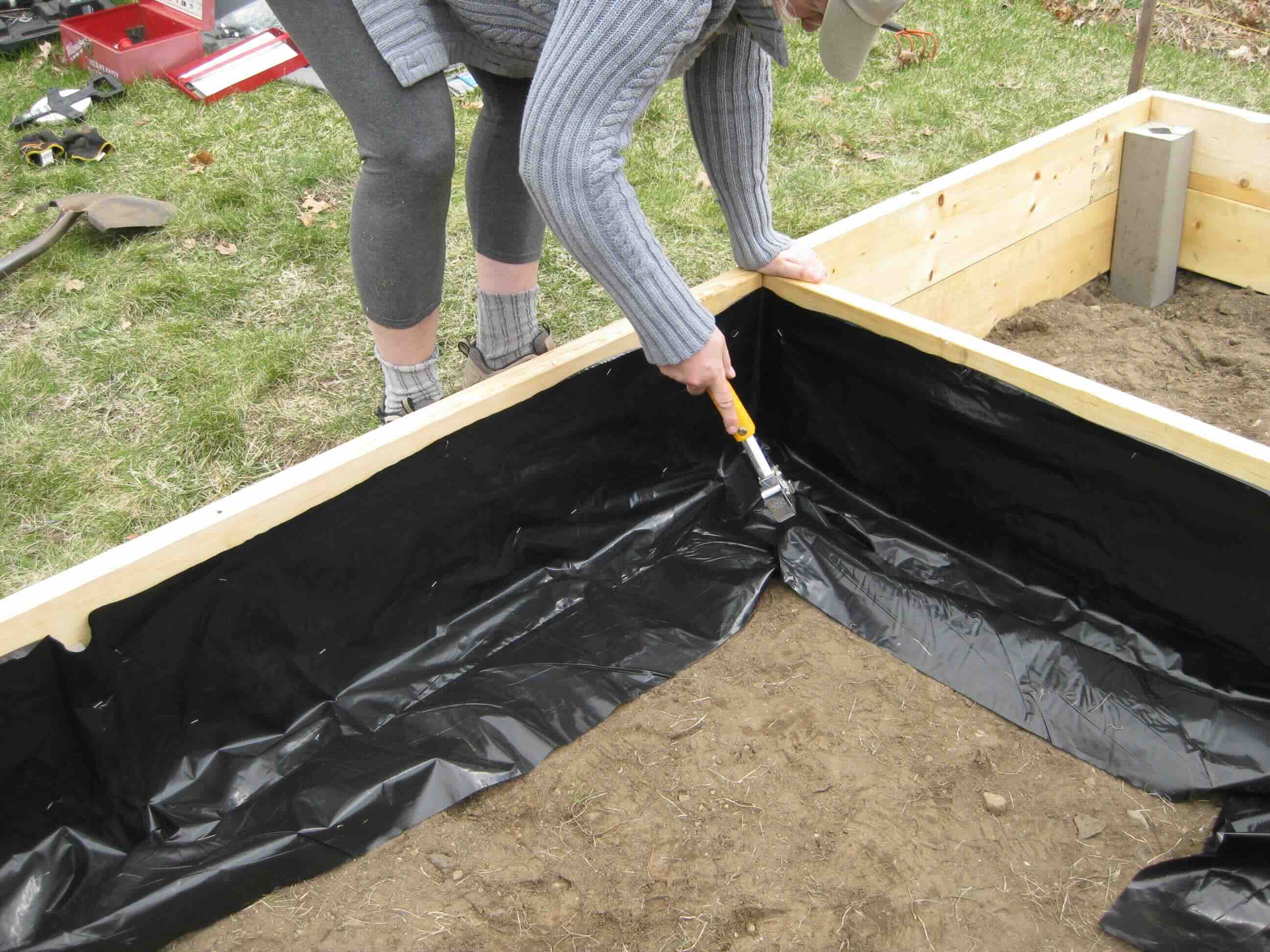
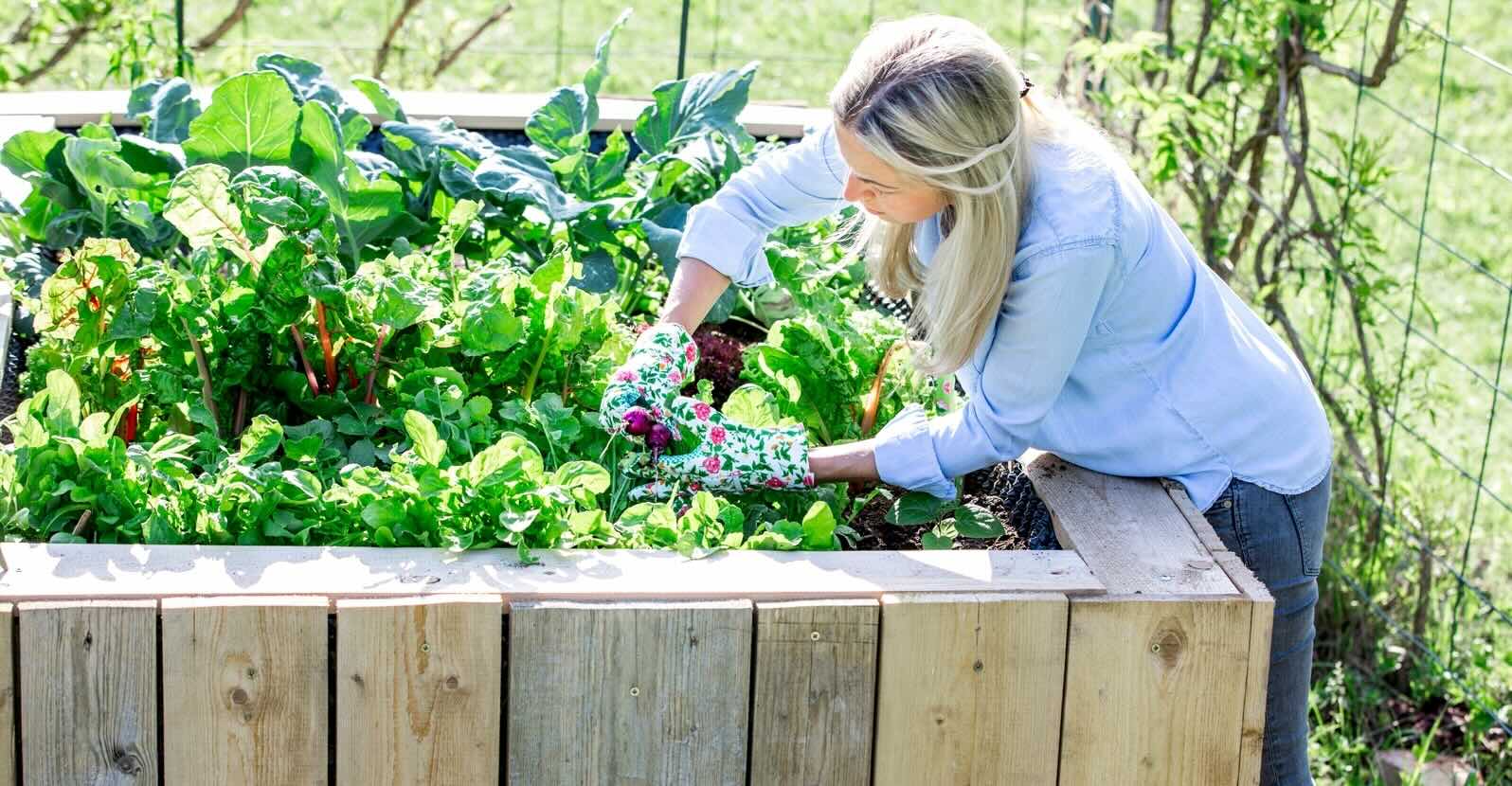
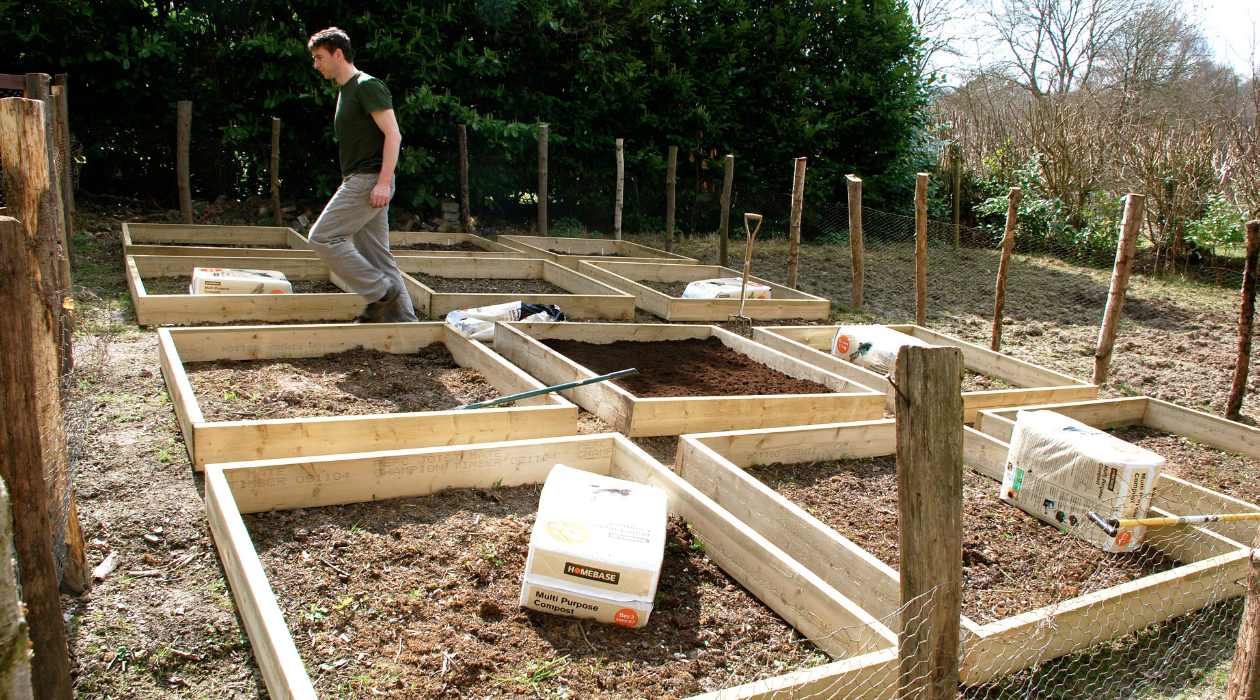
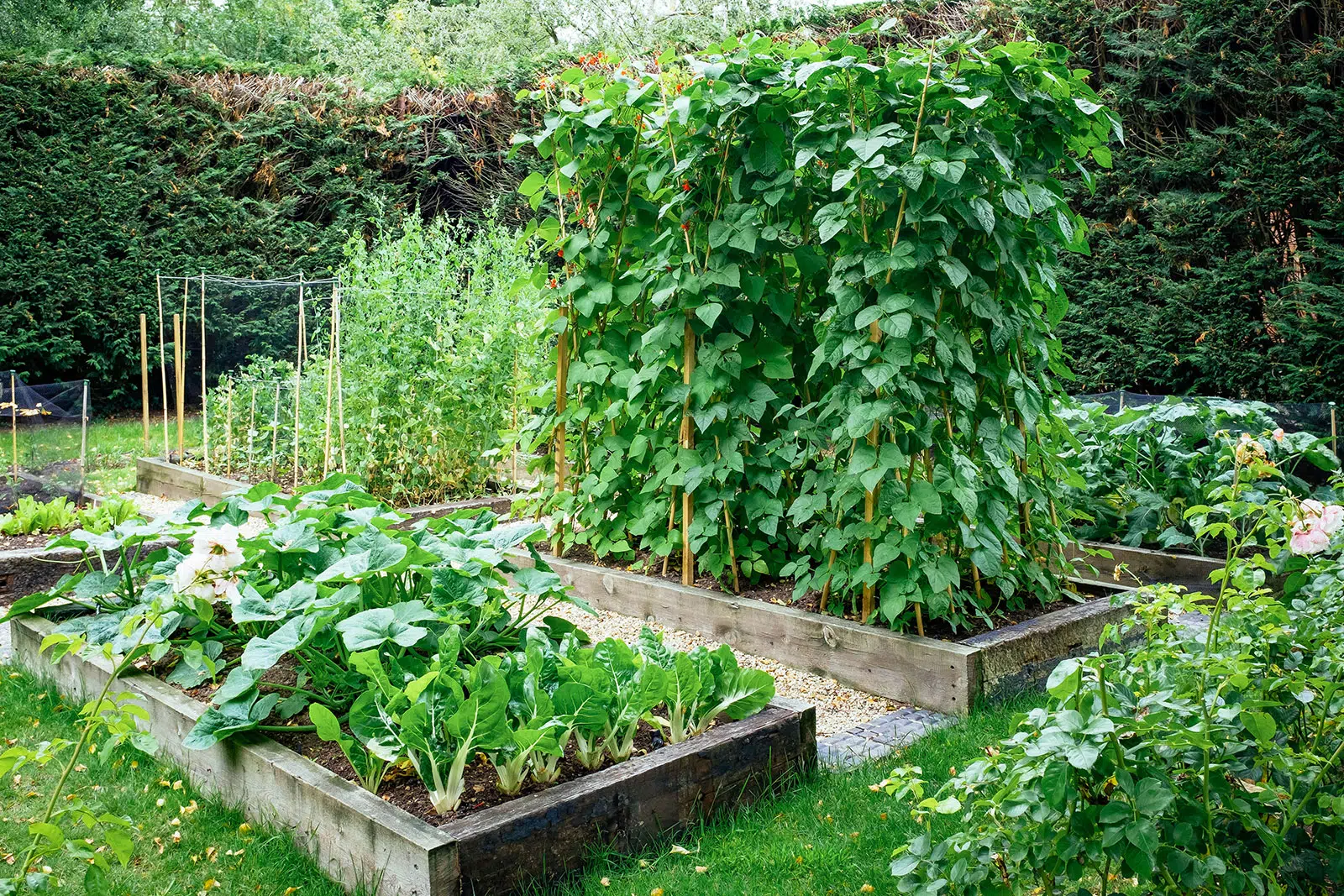
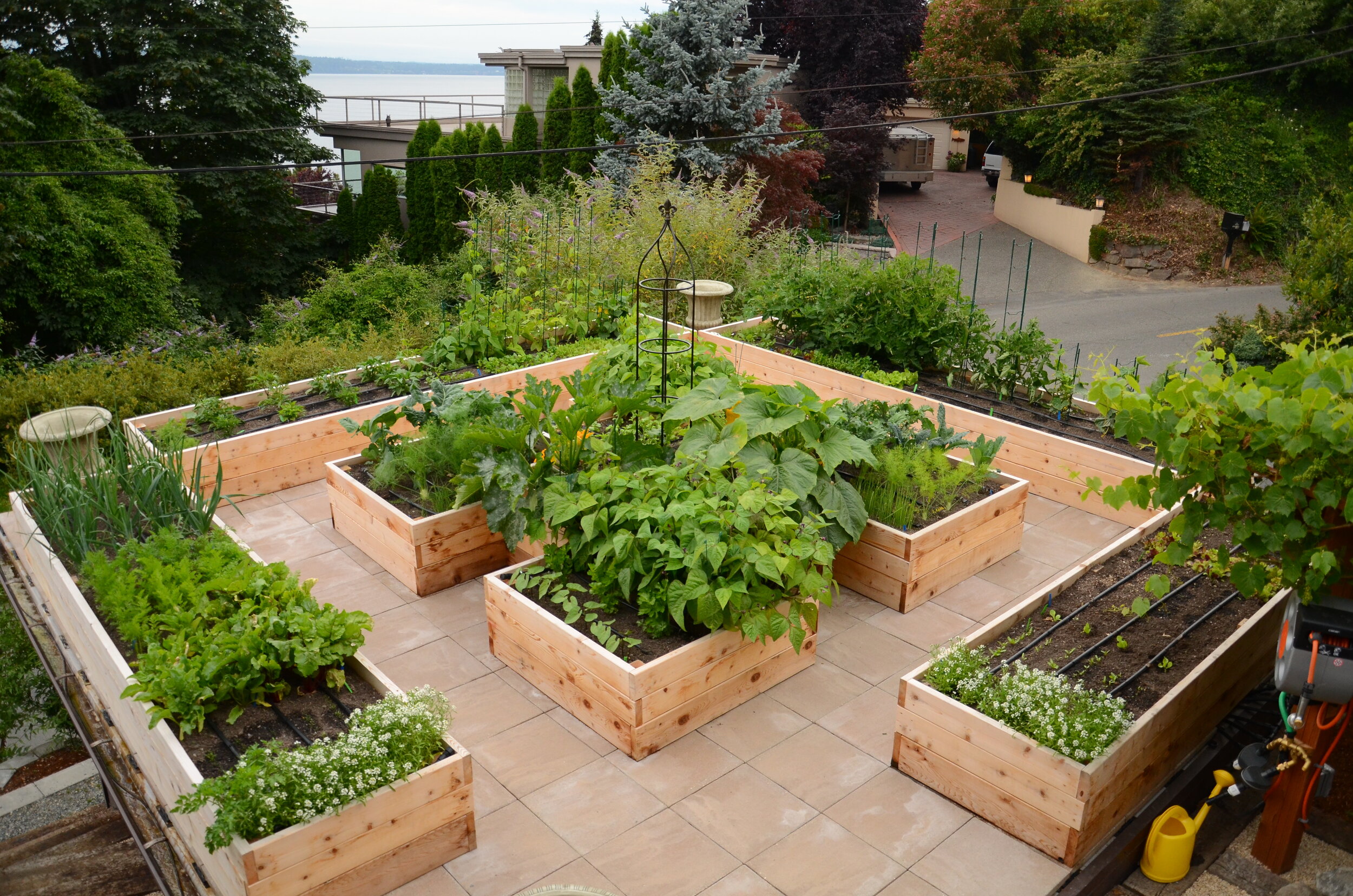
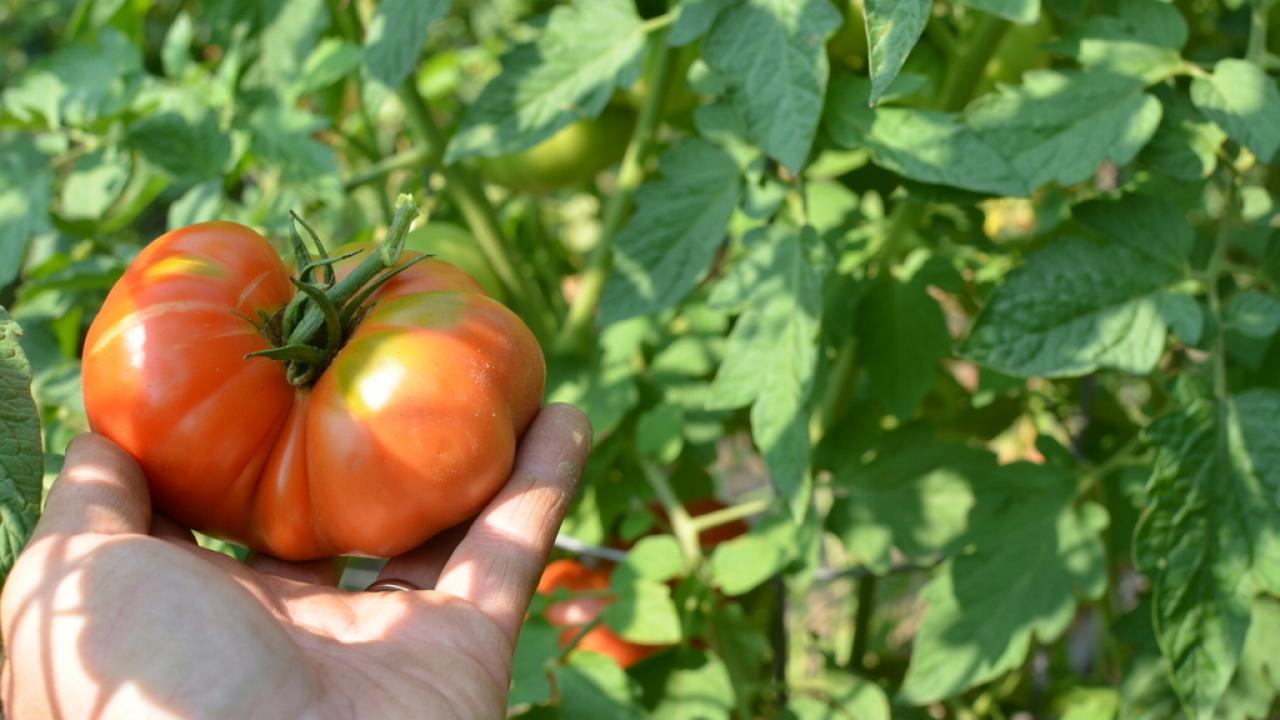
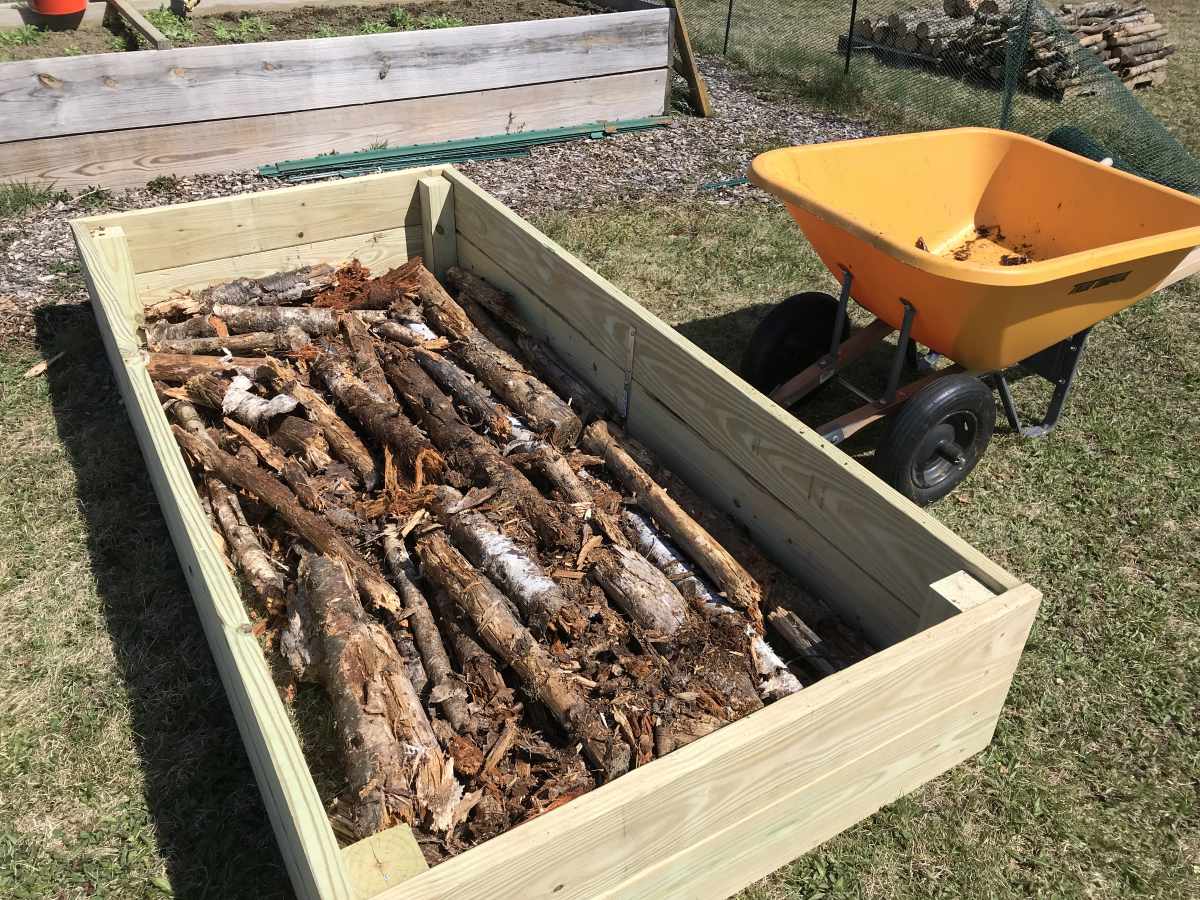

0 thoughts on “What Should You Fill A Raised Garden Bed With”